1987: Best Cinematography Oscar Race
 Thursday, November 12, 2020 at 11:15PM
Thursday, November 12, 2020 at 11:15PM The year of the next Supporting Actress Smackdown is quite an impressive Oscar vintage. Despite the sweep of Bernardo Bertolucci's The Last Emperor, which won all nine of its nominations, the 60th Academy Awards showcased a remarkable variety of films and artistic approaches. The Best Actress lineup, for instance, is one for the ages, and, across the board, there was a rare openness to honoring the excellence of comedies, mainstream entertainment, and even European arthouse.
In the so-called "below the line" categories, Best Cinematography deserves particular praise. The legendary Vittorio Storaro conquered his third and final trophy for the opulent lensing of The Last Emperor. However, his competition was none too shabby, representing some of the greatest cinematographers ever who, along with the Italian victor, helped shape and perfect the art of cinema, taking it to new peaks of visual marvel. Come meet these masters and their masterworks…
Michael Ballhaus, BROADCAST NEWS
After spending the 1970s filming Rainer Werner Fassbinder's Teutonic hallucinations of cruelty and desire, Michael Ballhaus found a new home in Hollywood. The German cinematographer quickly became a favorite of Martin Scorsese, and other directors soon followed the lead of Queens' proudest son. To every project, Ballhaus brought his elegant style, be it period epics or humbler character studies.
James L. Brooks' Broadcast News is an interesting showcase for Ballhaus at his subtlest. The movie rarely calls attention to its visuals and never demands the audience's awe. However, every image is carefully composed and blocked, bright colors intensified, and cannily paired with either shallow depth or deep staging. This often results in the ambitious protagonists standing alone, surrounded by out of focus splatters of color coming from shining screens, or else crushed by busy crowds. Either way, they are pushed to the sides, isolated.
Re-watching the movie to take these screencaps, I found myself delighted at the potency of the images. Broadcast News entertains with its humor, but Ballhaus' camera paints a complex tale of loneliness shading the gleefulness, a shot of the unexpected piercing the glory of journalistic success. The movie might seem photographically unremarkable at a first glance, but, if one pays attention, it's easy to see why AMPAS responded to the cinematography.
Other essential films: The Bitter Tears of Petra von Kant (1972), Chinese Roulette (1976), Under the Cherry Moon (1986), Working Girl (1988), The Fabulous Baker Boys (1989), Goodfellas (1990), Bram Stoker's Dracula (1992), The Age of Innocence (1993), Gangs of New York (2002), The Departed (2006)
Allen Daviau, EMPIRE OF THE SUN
Allen Daviau and Steven Spielberg met in 1967 when the cinematographer was mainly working on commercials and the director was still starting his career with low-budget shorts. While they worked together on two small projects, the 70s would see them separated. It was 1982's E.T. the Extra-Terrestrial that reunited the pair.
The cinematographer was brilliant at translating Spielberg's visual ideas, from the smoothness of his long takes to the framing from a child's point of view. Furthermore, the DP's style of diffused lights and glowing naturalistic colors fit the director's psyche, imbuing their pictures with an assured patina of romanticism. Their last collaboration, Empire of the Sun, is probably Daviau's crowning achievement, even though he'd still receive two additional Oscar nominations for the elegiac Avalon and the glamourous Bugsy.
The infantile innocence of E.T. is again explored in the 1987 picture through formalistic terms, though Daviau mixes it with a fiery palette and rougher textures. The result is a film that shocks with its beauty, calling attention to how the prettiness of the frame is in direct opposition to the harsh reality of war. Anguish lit in golden twilight cuts deeper than bleak-looking misery. It's realistic suffering seen through a filter of youthful dreams, a deliberate naivety that's often the only thing standing between Empire of the Sun and all-consuming despair.
Other essential works: Amblin' (1968), E.T. the Extra-Terrestrial (1982), The Color Purple (1985), Harry and the Hendersons (1987), Avalon (1990), Bugsy (1991), Defending Your Life (1991), Fearless (1993), The Astronaut's Wife (1999), Van Helsing (2004)
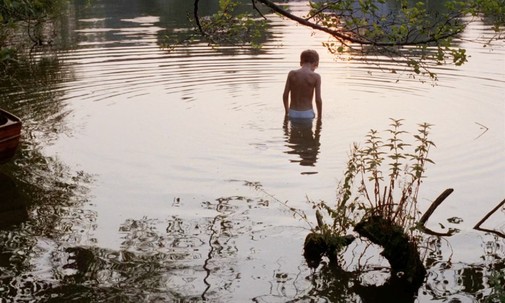
Philippe Rousselot, HOPE AND GLORY
This French cinematographer started his career working for such esteemed directors as Diane Kurys, Jacques Doillon, and François Reichenbach. In 1981, in collaboration with Jean-Jacques Beineix, Rousselot tried to create a cinema where aesthetic abandonment was central to the process of making films. Their movie, Diva, was hugely influential, typifying and kickstarting the movement of cinema du look.
Throughout the 80s, he kept expanding his horizons, inching ever closer to Hollywood byways of British and Canadian productions. His first Oscar nomination would come from his work with John Boorman when he captured the director's memories of World War II in nostalgia-infused celluloid. Hope and Glory may look visually modest, maybe too traditional, but its images reveal Rousselot's sophistication and technique.
Painting ruinous rubble with sunset colors, turning a German bombing into a glitter explosion, the cinematographer finds the oneiric in the mundane. His lensing never hides the decay of wartime England, but he frames it with an insular whimsy. Smoky debris thus become a storybook illustration, a fiery crater is a backdrop for hysterical dancing and a silvery lake is a temple of serenity for an imaginative boy.
Other essential works: Diva (1981), Thérèse (1986), The Bear (1988), Dangerous Liaisons (1988), Henry & June (1990), A River Runs Through It (1992), Interview with the Vampire (1994), Queen Margot (1994), Big Fish (2003), Sherlock Holmes (2009)
Vittorio Storaro, THE LAST EMPEROR
This Italian filmmaker is one of the most famous cinematographers in history, and for good reason. At a time when color film was supplanting monochrome for good, relegating black-and-white movies to a stylistic niche, Vittorio Storaro proved himself a chromatic wizard. His first feature with Bernardo Bertolucci, The Conformist, remains a good candidate for the title of the most perfectly shot color film ever made.
Dazzling and bold, his works vibrate with ostentation, often functioning better as sensorial overload than carefully calibrated storytelling. This is, by no means, a dig, for Storaro's creations possess a beauty that's almost bruising, going beyond common notions of realism to get at something more ephemeral, perchance transcendent. The Last Emperor follows this same ethos, though its opulent visions are crucial for the narrative's success.
It often feels like the emperor's realm exists outside of time, a low contrast place where people look like deconstructed Fabergé eggs and glisten just as brightly. There's a smoky leathery quality to the air, the texture of age and ancient dust saturating the atmosphere. Even before it becomes a tourist attraction, the Forbidden City already feels like a museum, or worse, a mausoleum. Still, such beauty is comforting and when the camera travels outside this realm, it unnerves. When the image floats towards cold prisons and Manchurian nights lit by a lapis lazuli moon, the audience can't help but feel startled.
Other essential works: The Conformist (1970), The Bird with the Crystal Plumage (1970), The Last Tango in Paris (1972), Apocalypse Now (1979), One from the Heart (1981), Reds (1981), Dick Tracy (1990), The Sheltering Sky (1990), Tango (1998), Wonder Wheel (2017)
Haskell Wexler, MATEWAN
After all that praise, it may come as a shock that, personally, I wouldn't have voted for Storaro. Before watching all of the films to do this write-up, I was a firm The Last Emperor voter, but John Sayles' Matewan took me by surprise. Filming a dramatization of labor conflicts in early twentieth-century West Virginia, Sayles and cinematographer Haskell Wexler devised a visual idiom built on the idea of absolute empathy towards their subject matters.
Instead of trapping the past in theatrical spectacle or gauze-covered lenses, Wexler and Sayles wanted to replicate how their characters might have experienced the world. This is a story about miners, people whose lives are consumed by darkness, whose workplace is a rocky void illuminated by feeble filaments in their helmets, a torch here and there. Shadows lick at their feet, at their souls, and it's that coal-black of the mines and the lye washed cotton, yellowed by age, that define the light and color of the movie.
However, Wexler didn't merely plunge the miner community in gritty gloom. There's majesty in the austere sternness of these images, Caravaggio-esque brutality in the close-ups of weeping widows and bleeding young men. Matewan is a cry of protest, but it's also a sung poem of the proletariat. Brutality and gentility forever dance in the celluloid of the picture, each frame containing those two forces.
Just like Storaro, Wexler was already a two-time Oscar winner in 1987. If I had my way, he'd have left the 60th Academy Awards with a third little golden man.
Other essential works: America America (1963), Who's Afraid of Virginia Woolf? (1966), In the Heat of the Night (1967), Faces (1968), Medium Cool (1969), The Conversation (1974), One Flew Over the Cuckoo's Nest (1975), Bound for Glory (1976), Coming Home (1978), Blaze (1989)
Which one of these master cinematographers gets your vote?



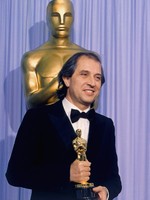
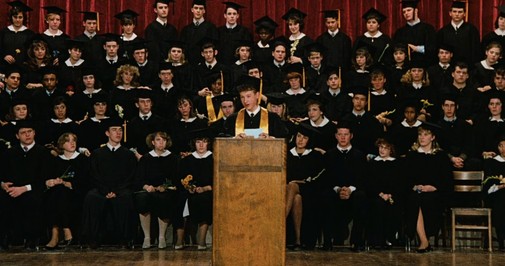
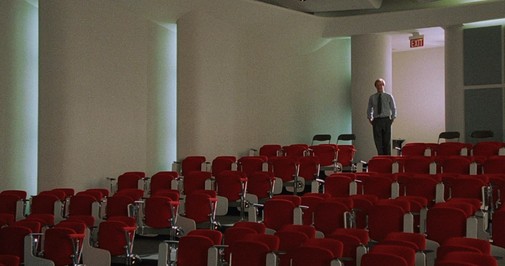
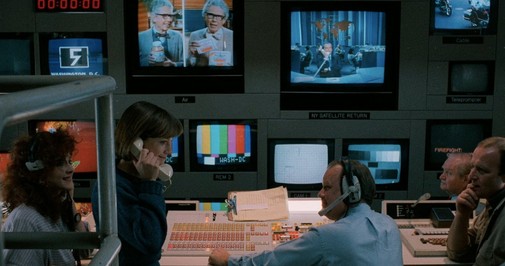
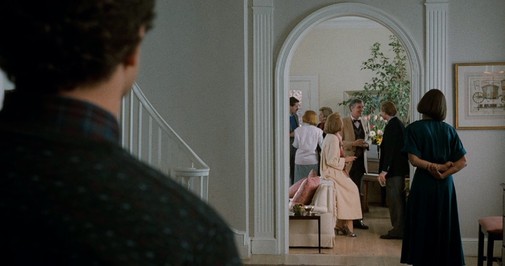
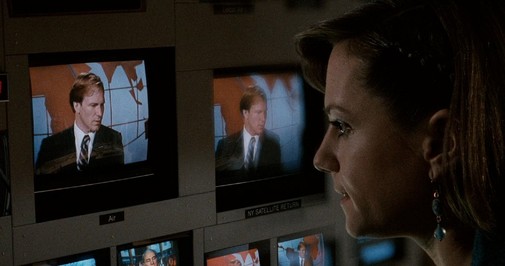
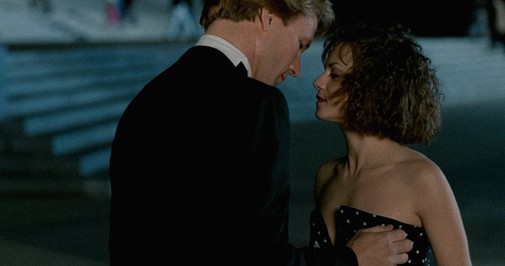
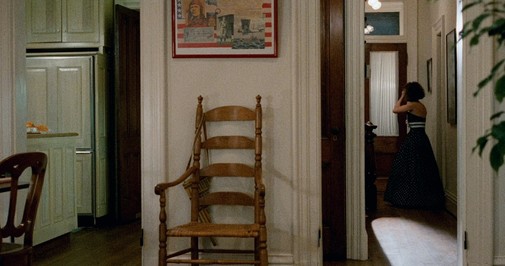
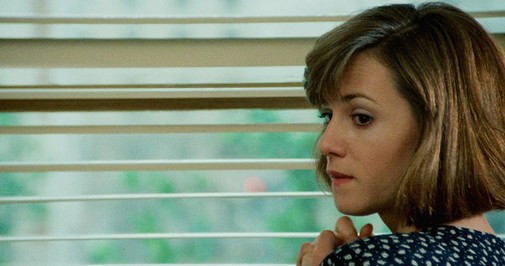
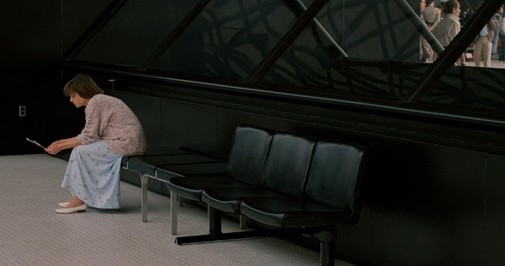
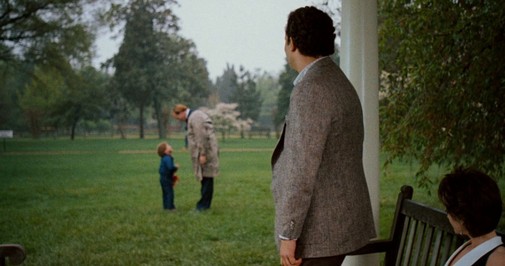
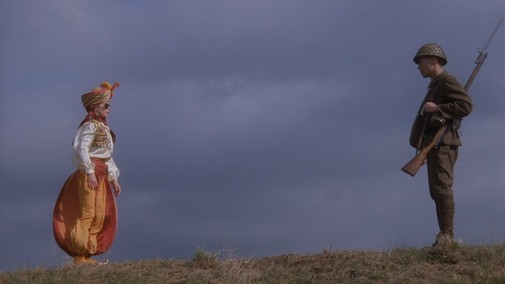
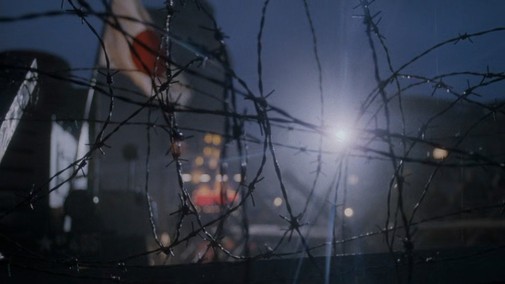
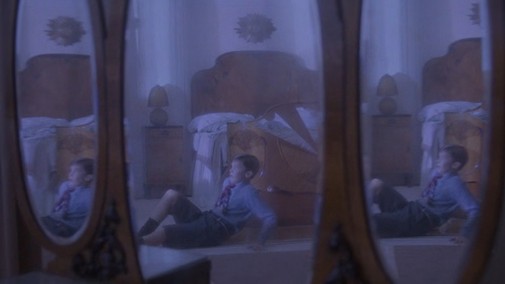
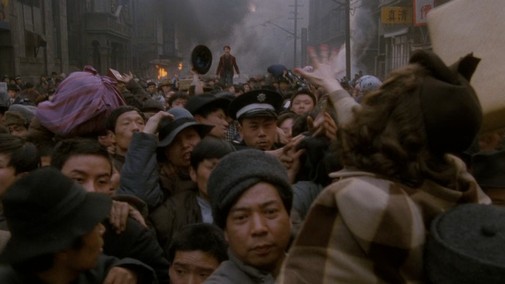
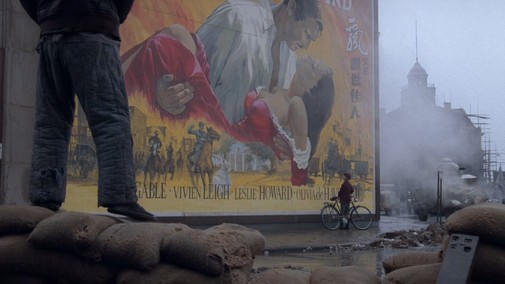
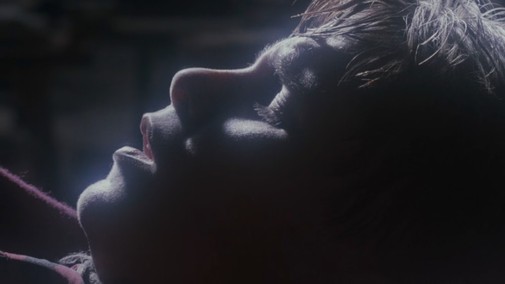
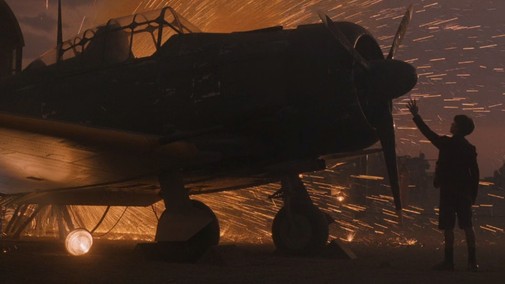
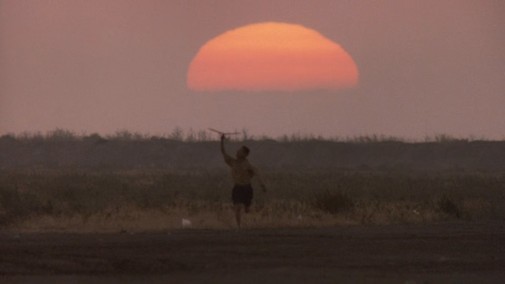
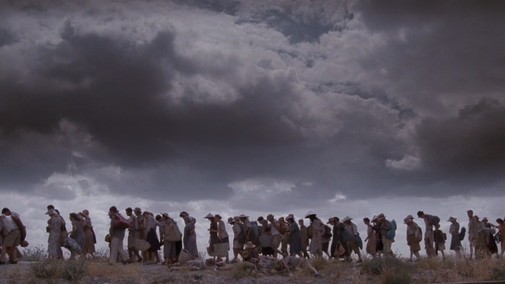
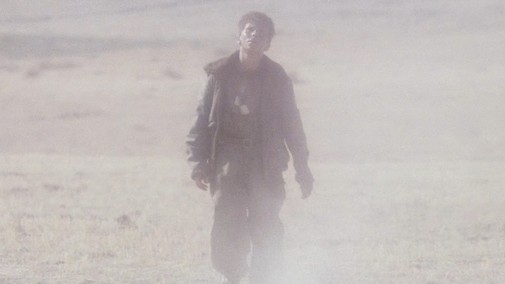
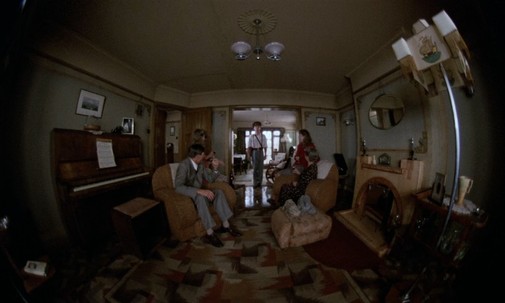
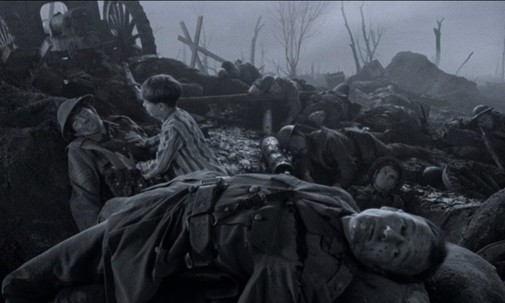
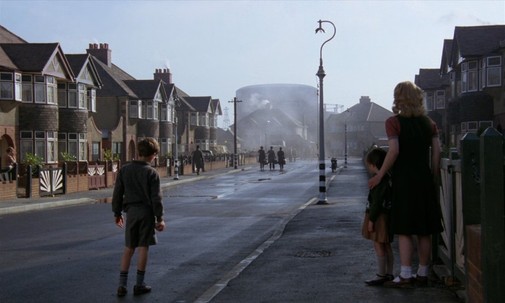
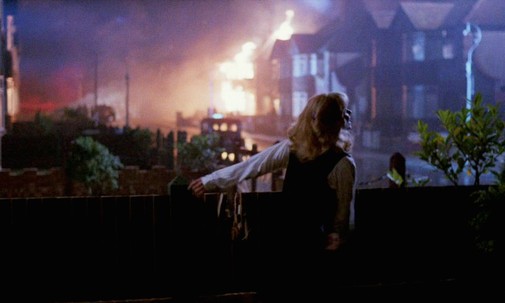
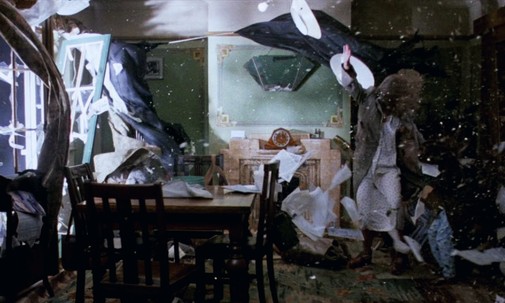
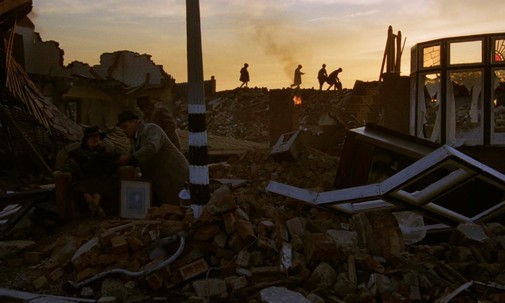
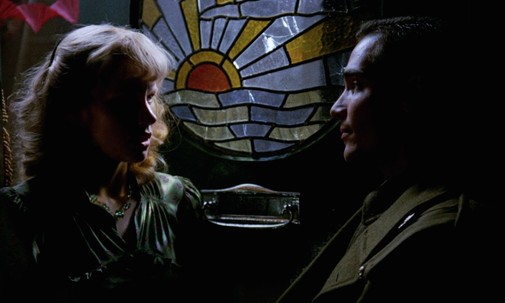
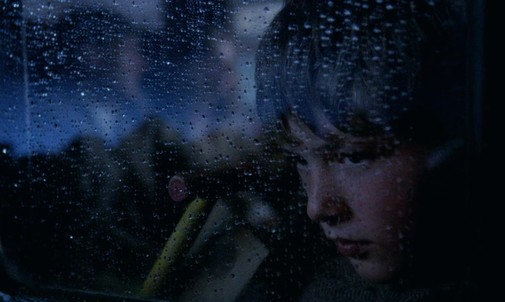
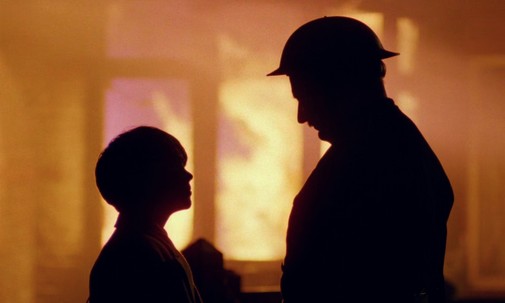
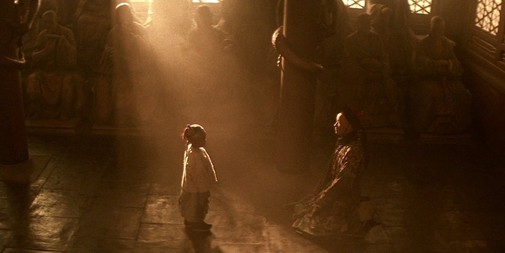
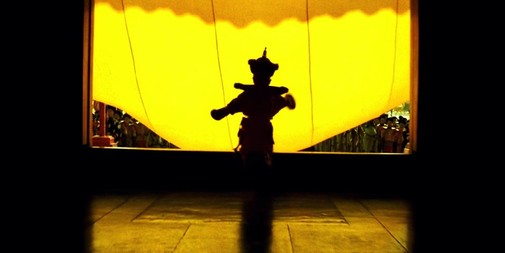
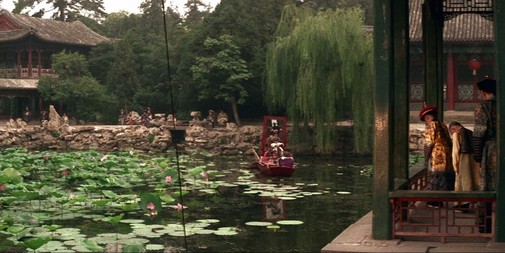
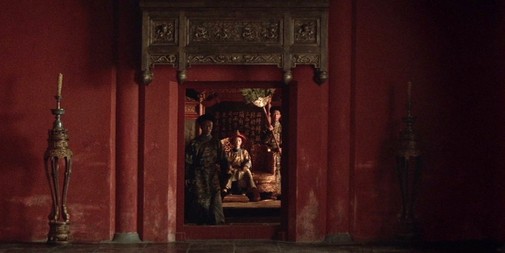
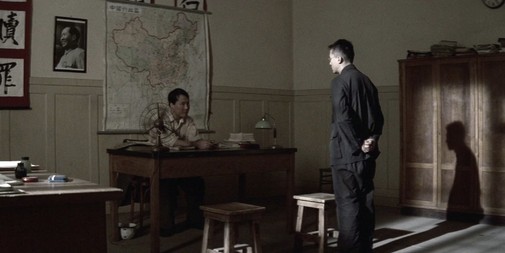
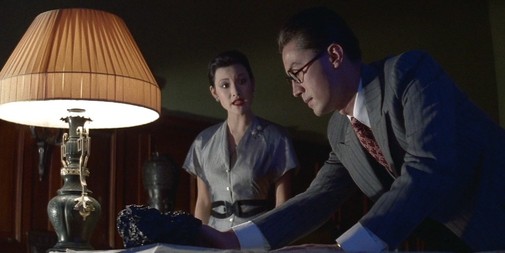
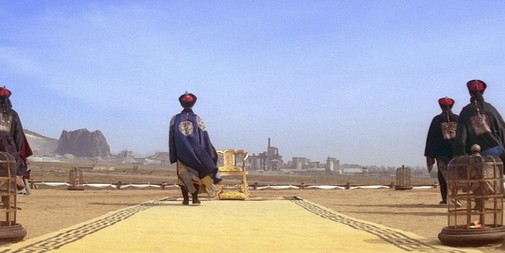
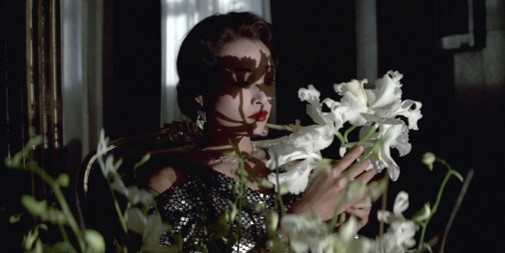
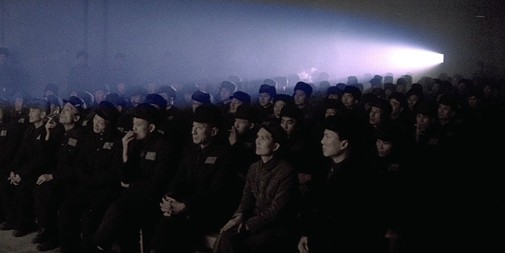
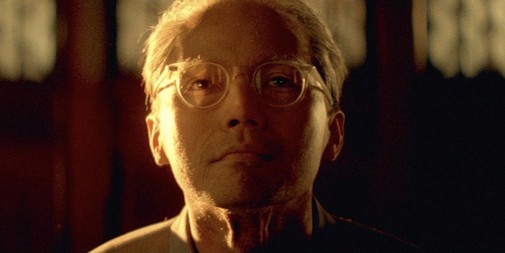
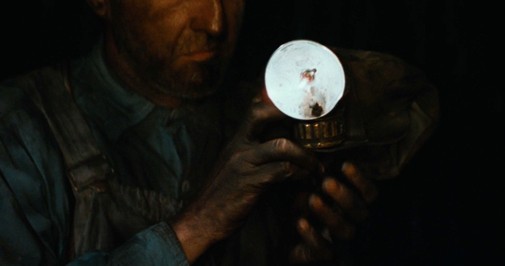
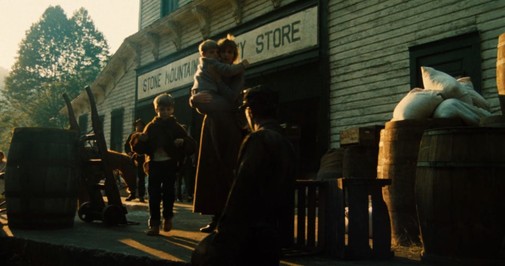
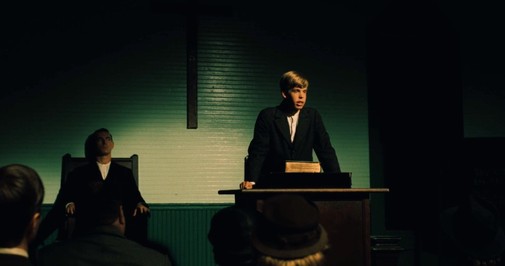
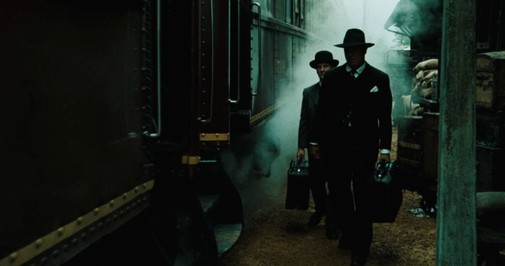
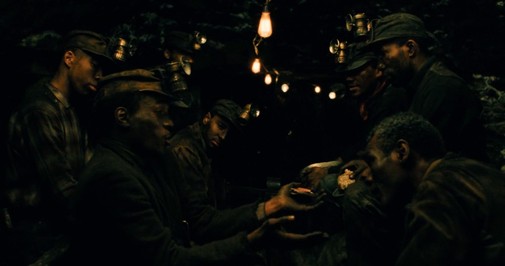
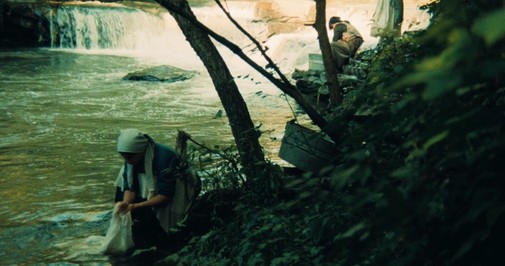
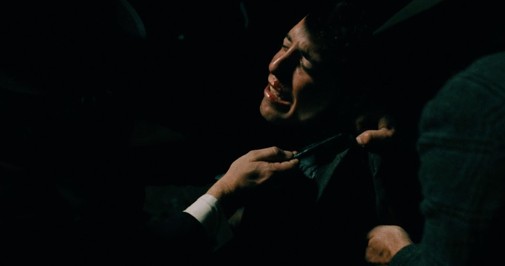
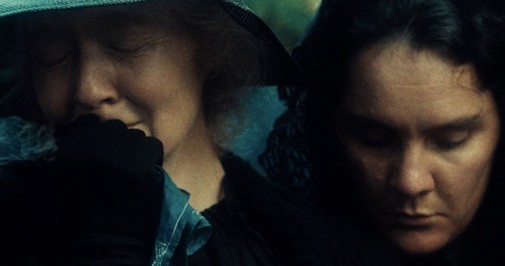
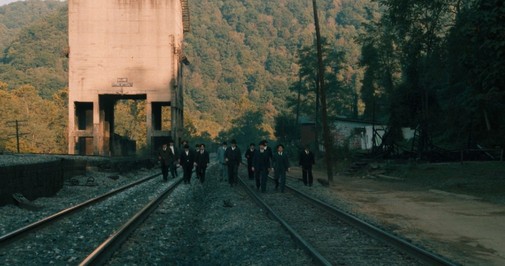
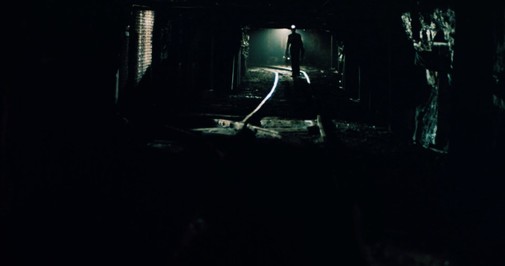
Reader Comments (18)
Storaro's work is exquisite yet I think Wexler should've won. I should note that he did some shooting in Days of Heaven as I think he should've gotten equal credit with Nestor Almendros.
Love this article, for its subject and execution. I’m in film nerd heaven. More please.
Sadly worth noting that Allen Davieu was one of the first "celebrity" casualties of the covid-19 pandemic. Although he hadn't worked for many years (his last credit was Stephen Sommers' "Van Helsing" in 2004), he had been living at the Motion Picture & Television Country House and Hospital which is basically a care home for the film industry. A coronavirus outbreak in April this year claimed Daviau, actor Allen Garfield and at least three other residents. A sad end to a remarkable career.
I usually avoid these long texts, but this time I read everything - word by word, comma by comma. Difficult to choose one, each cinematography is suitable for each theme and story. Perhaps, if not Storaro, Rousselot. But I especially love Hope and Glory - my opinion is suspect.
Now, isn't it incredible that Ballhaus never won an Oscar? Another thing, it's true that we never noticed the direction of photography, art direction and costumes in comedies. Or in contemporary films. And that's not fair.
Amazing post. I miss Hit Me with Your Best Shot.
A strong year. I can totally understand why you'd vote as you would, and yet it wouldn't be in my top 3. For me it's Storaro, then Ballhaus, then Daviau. Great post.
I love the shot of Joan Chen and the orchids.
I'd go with MATEWAN but tough to knock the winner here.
I haven't seen Matewan properly, with a good copy and in a movie theatre.
Back in the day I was team Daviau because I was obsessed with the shot of Bale touching the tip of the airplane with the sparks behind him. Now I see it's a bit phallic of me.
I love how italians shoot things. The sumptuosity. From The Last Emperor to La grande bellezza.
The Last Emperor justly won this one, but what a great set of nominees!
Prajhan, you are not alone. I,too, would have gone with "Hope And Glory". Exquisite Images!
Storaro wins this. What a cinematographer ! I especially like that you included "The Bird with the Crystal Plumage" and "Wonder Wheel" to his essentials list.
Peggy Sue -- this also made me miss "hit me with your best shot" but with personal blogging going the way of the dodo it was harder and harder to get people to contribute around the web. Perhaps we should rethink the series and do it in a different way that doesn't ask for everyone to weigh in?
@Nathaniel- readers could email you their choices for best shot and why we like it. Similar to smackdown. If you announce a movie and a deadline to submit, readers can send in their picks. You can still invite other blogs to submit as well.
Really, any of them but BROADCAST NEWS would've been deserving.
Storaro's work with Woody Allen is really quite special. I haven't been so struck by the visuals in an Allen film since BROADWAY DANNY ROSE and STARDUST MEMORIES, and Allen's films are ALWAYS really strong in the cinematography department. I hope Allen and Storaro stick together till the very end. I actually broke my own COVID lock in to see RAINY DAY IN NEW YORK a few days ago--I went to the theater for the last show on a Wednesday night. There ended up only being three of us in the whole, big auditorium, spaced very far apart. I don't regret it. There are amazing visuals in the film. He really is the king.
On a related note, how is it Ballhaus doesn't have an Oscar? His work on FABULOUS BAKER BOYS is absolutely peerless. I mean I love Freddie Francis, too, but come ON. He already had one, and GLORY's images weren't up there with FBB.
Dan -- i will never be okay with Ballhaus being Oscarless either and FBB is his pinnacle, agreed.
Storaro’s work with Woody Allen in Wonder Wheel is amazing, too bad it was overshadowed by off-screen scandals. Café Society is also really good. And I have to mention Little Buddha, which should have been Oscar nominated in 1993.